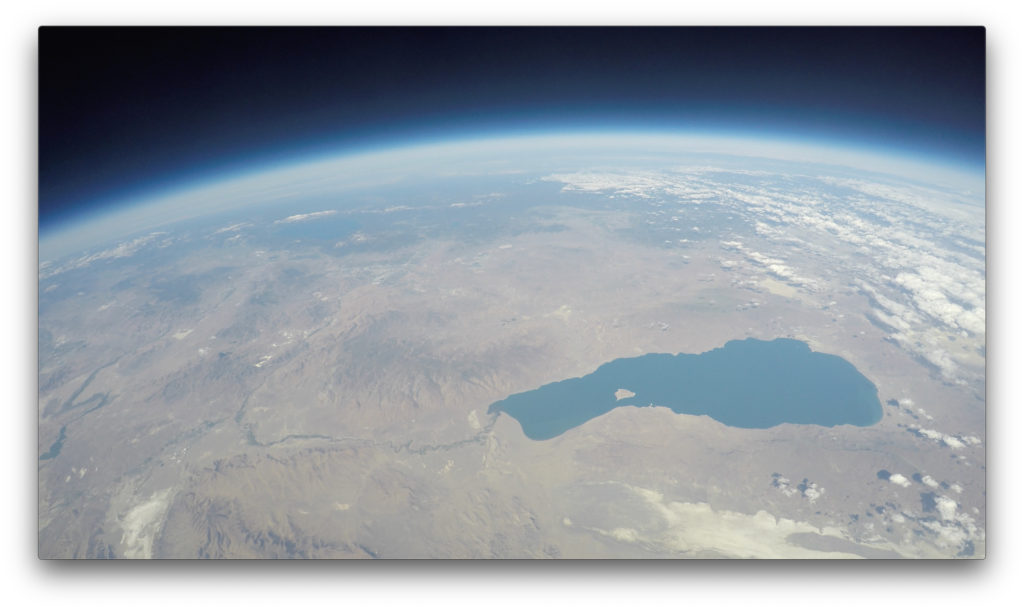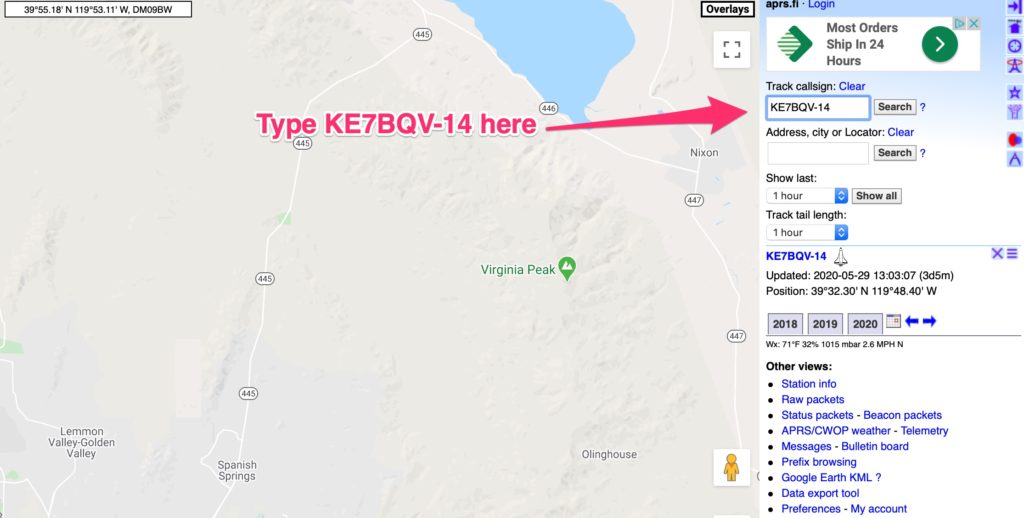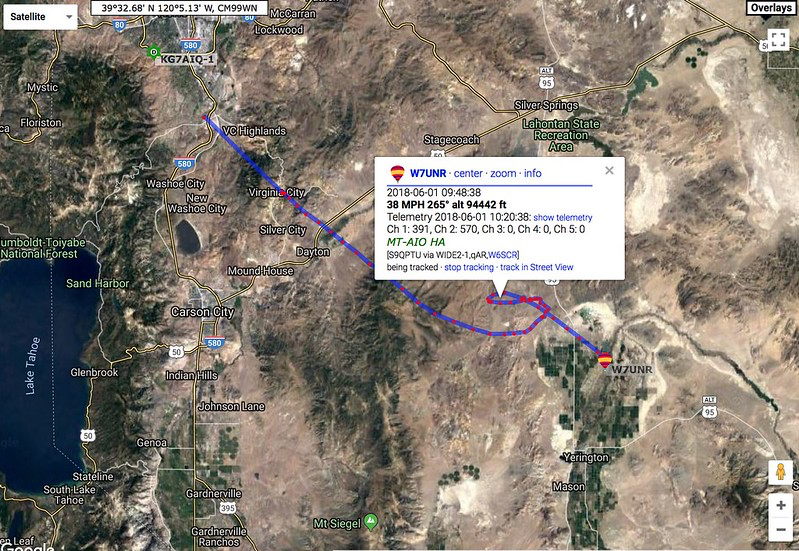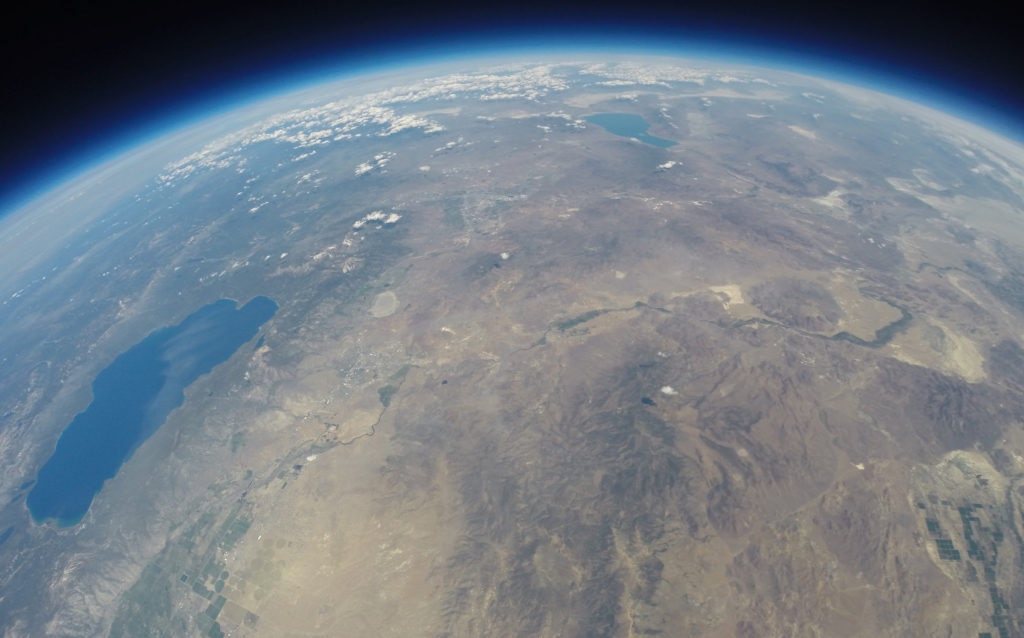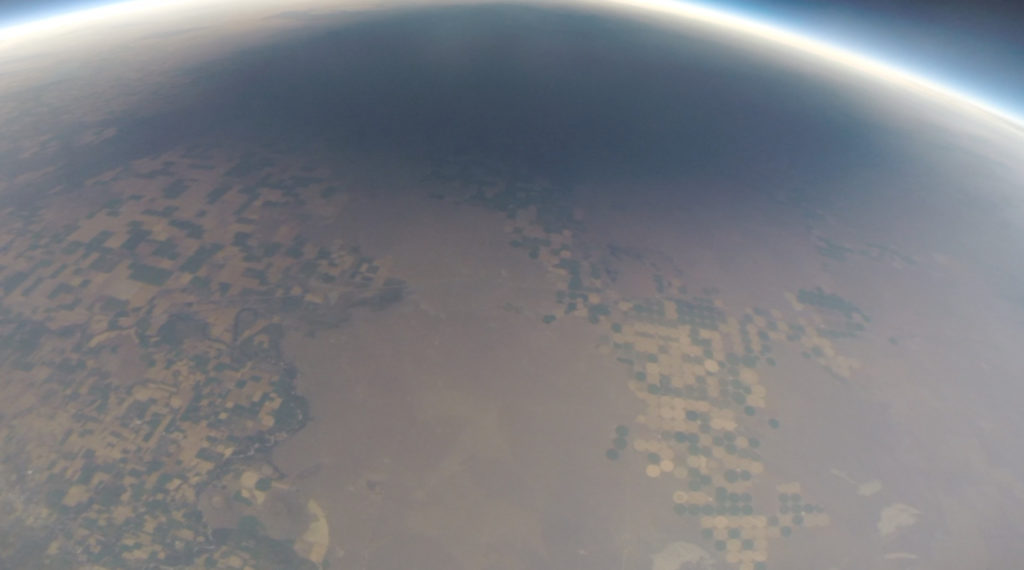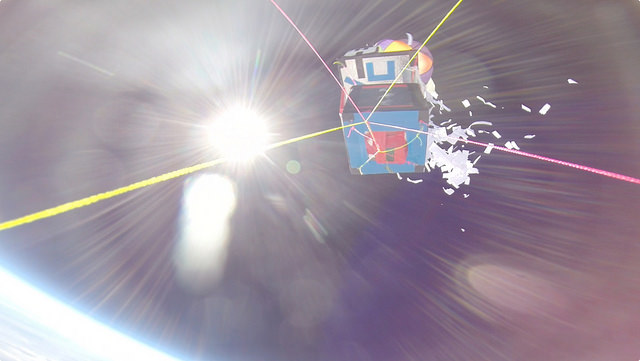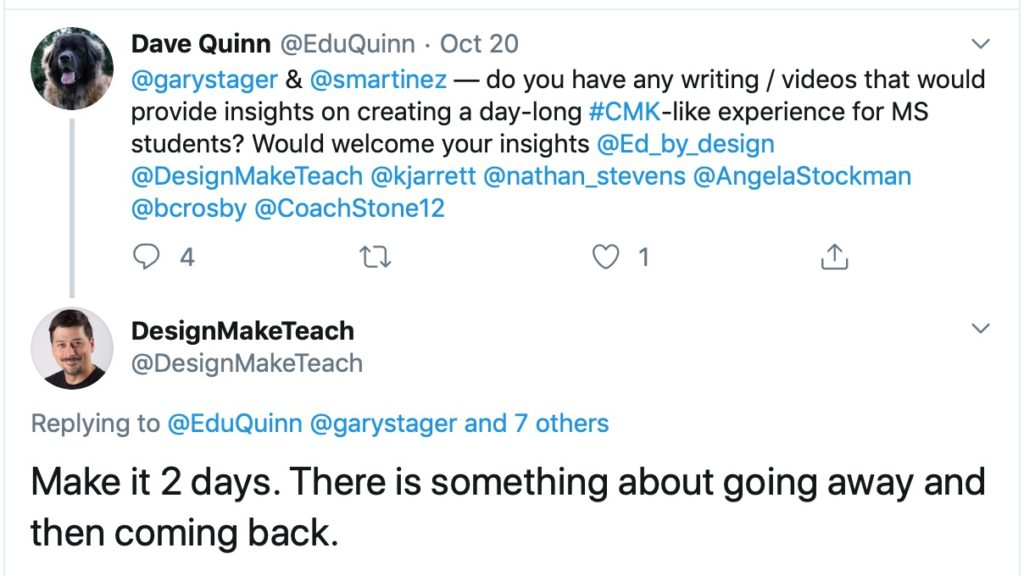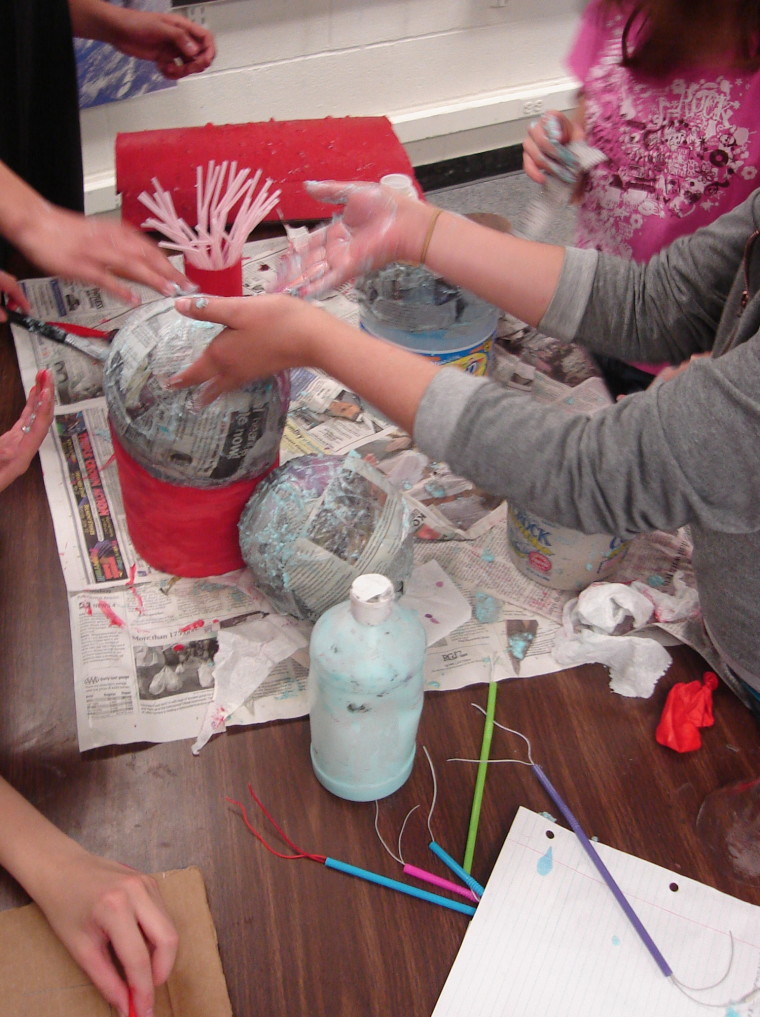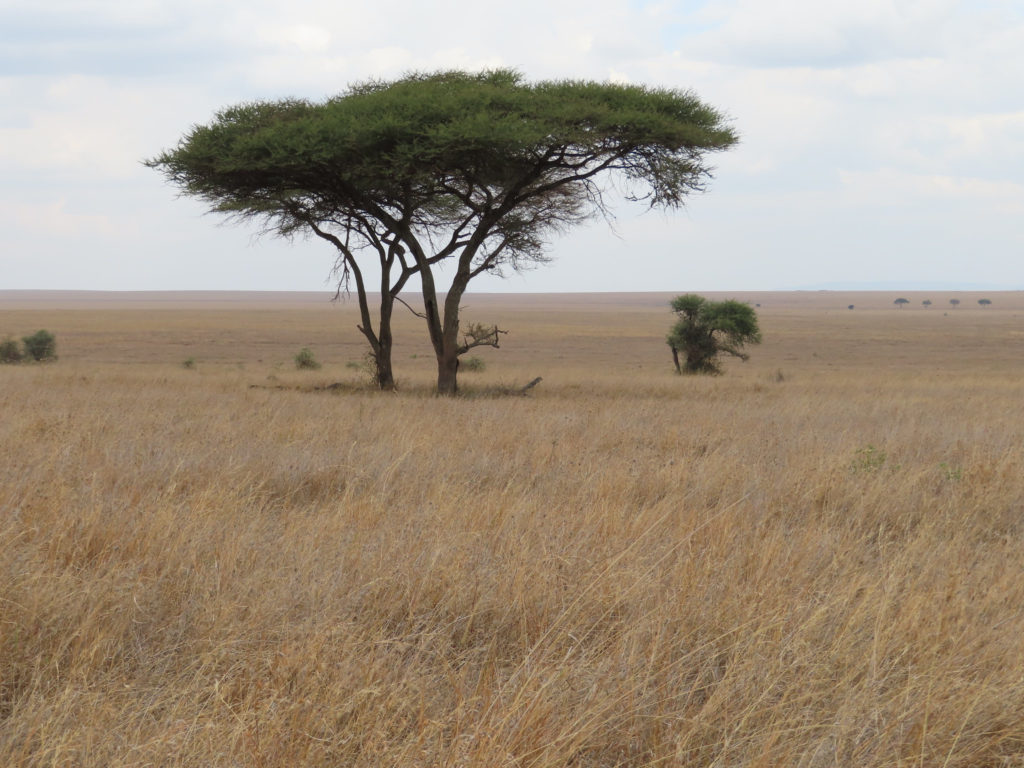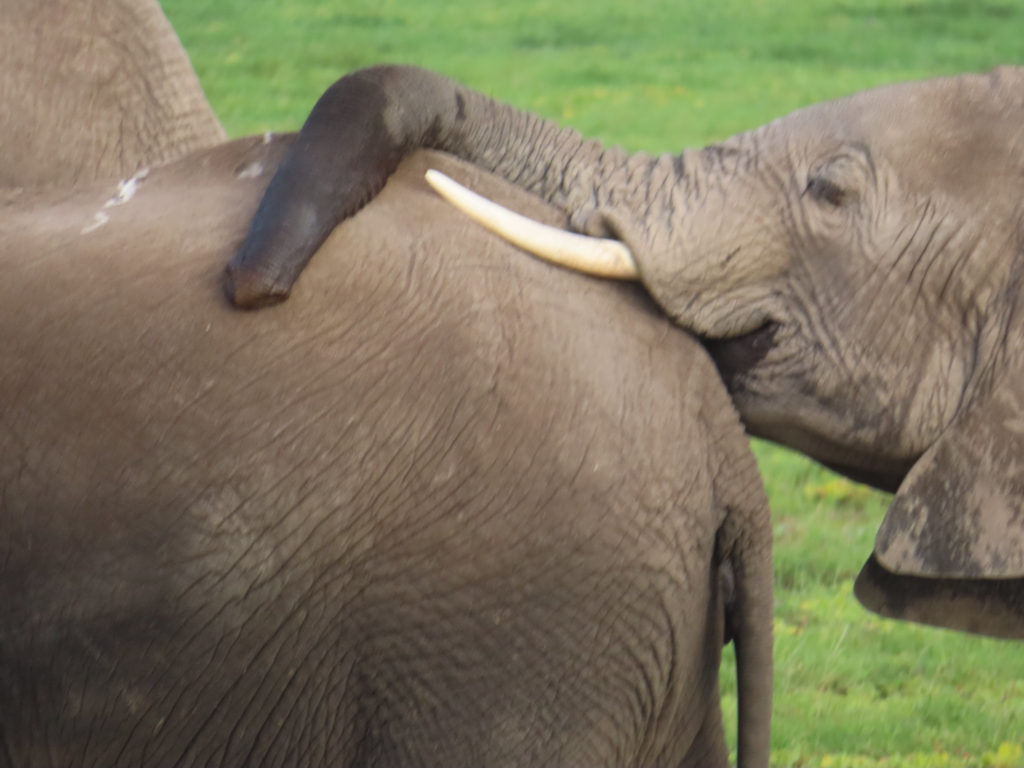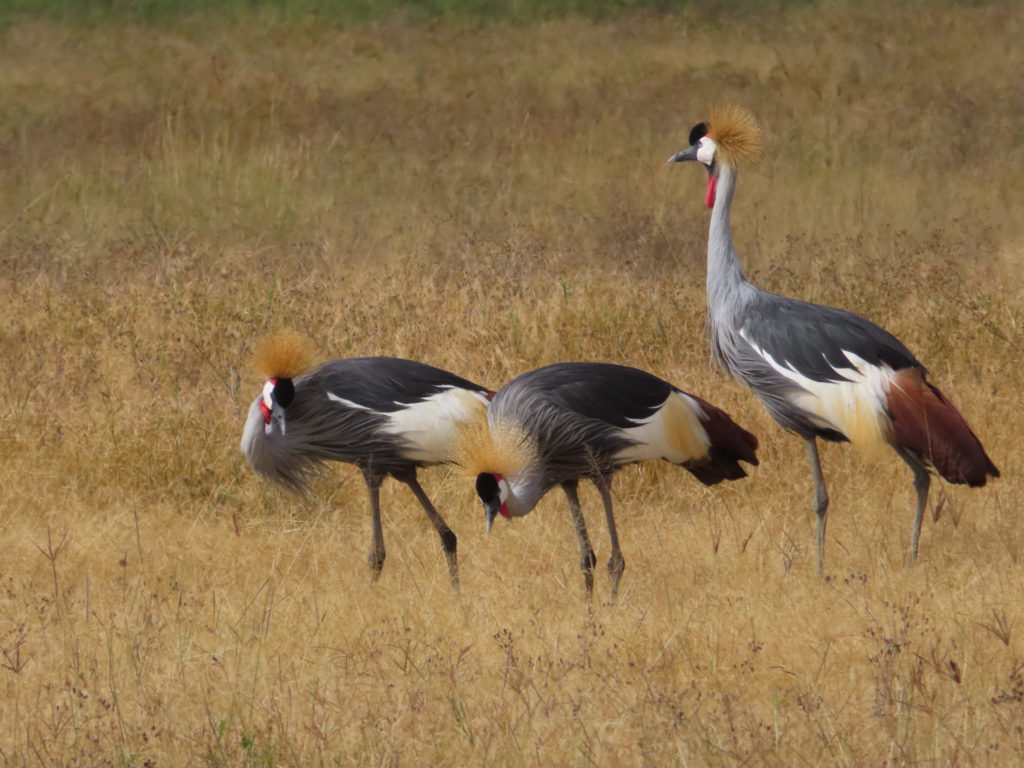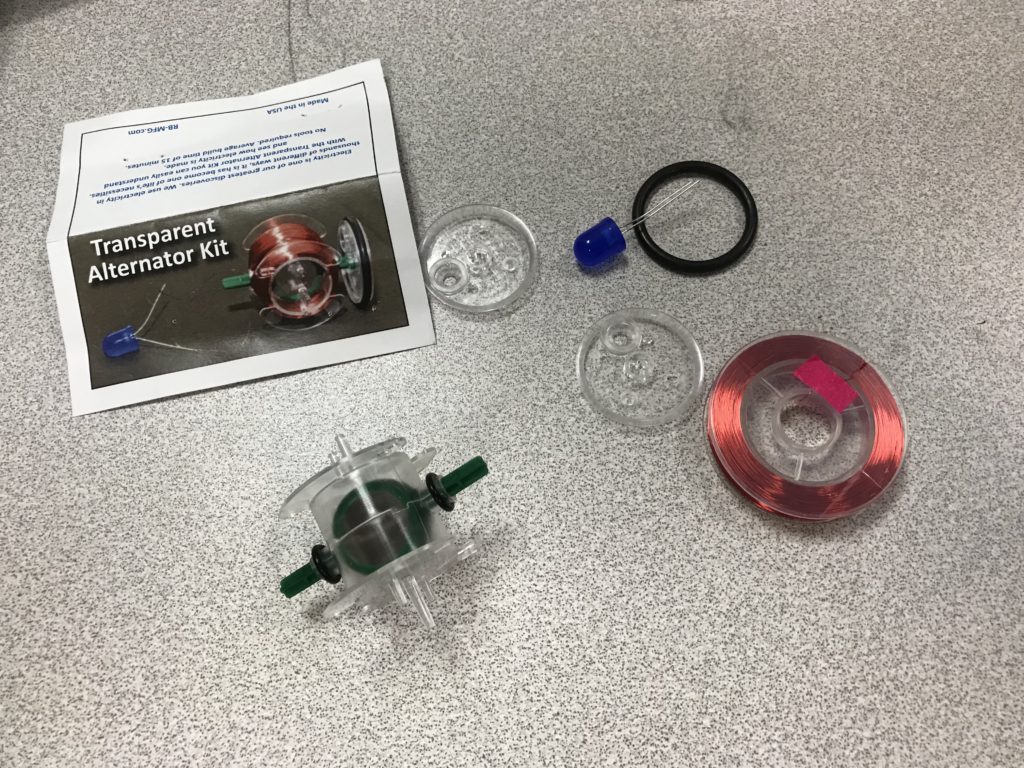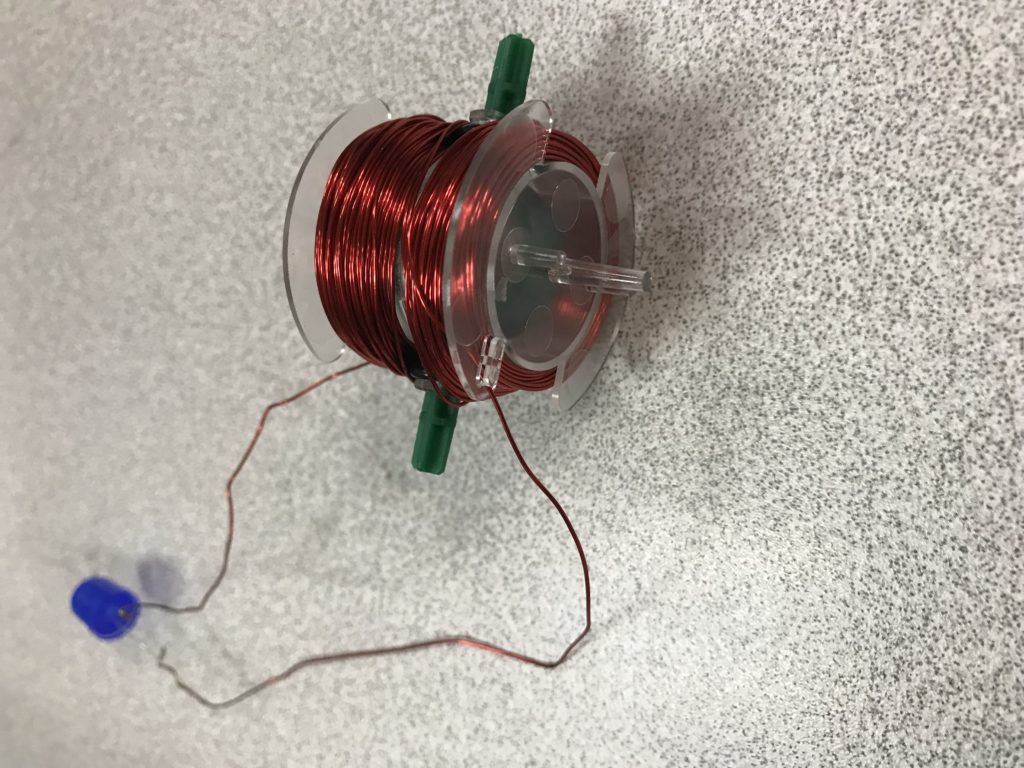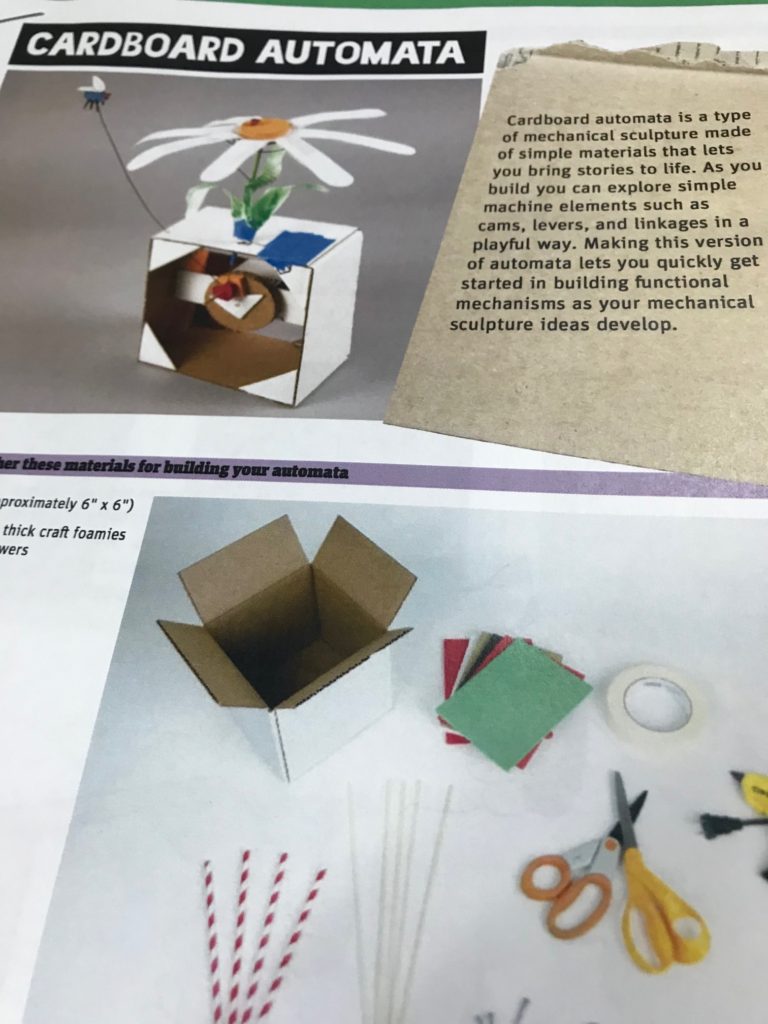Last week James Kapptie, a middle and high school tech trainer in Wyoming, contacted me about having a conversation on his blog about connecting students during this time. He posted the conversation we collaborated on through a Google Doc on his blog Our Children Are Calling and suggested I post it here as well. So I did! See below.
How can we connect more students during this time and/or how should we move forward?
- What does connecting students mean now that we have been dealing with the COVID 19 issue?
BC: We should have been connecting students globally for the last 10 years. Connected learning is a very powerful learning environment that leverages all that is good about project / problem based learning. But powerful connected learning that utilizes social networking requires all the safety considerations that students should learn from a very young age. We wouldn’t wait until students are in middle or high school before we teach them fire, bus, stranger, first aid, using scissors, playground and other safety issues. But to a certain extent that is what we have done with technology. If students, under the guidance and modeling of a classroom teacher, starting in at least kindergarten had been learning safe, ethical use we would be in a much better place. If this was the case students could be doing so much more learning that they make choices about. All the communication skills and collaborative connections they could be utilizing under the moderation of their teachers would be a good thing right now.
This is why I like blogging as a choice now. Student blogs at any age can be set up so the teacher moderates and OK’s everything before it goes live, whether it is an outgoing post or an incoming comment. That way if students (or teachers / parents) currently lack experience, knowledge or time during a work day in keeping children safe, the teacher is there to guide students appropriately. Also blogs can be writing, photos, videos, podcasts … almost every kind of sharing and collaborating is doable on a blog.
JK: Totally agree that we are a little behind the curve with technology. I liked blogging but feel we need to give it an image refresh. It’s like Facebook to our kids. We must show how the other pieces can connect, video,podcast, photos etc., and then highlight how blogs can be shared across the different channels ( Facebook, Instagram, Snapchat, etc) to balance the ability of monitoring safe use and allowing it to be cutting edge.
As with all things for teachers, what type of PD would help them feel more comfortable and not see it as one more thing is important to consider.
BC: Teachers have a lot, too much really on their plates these days, having said that we have an issue with educators not being willing to use these collaborative tools mostly because they don’t feel they have “permission” and that there are safety issues they might get blamed for. The PD, with total support from administration, should move teachers to new learning platforms and pedagogy and away from “the old ways.” I always say that society wants schools to change fundamentally how they do things as long as when they’re done changing they’re pretty much just like school was when I was a kid so I understand them. But PD on new ways and resources typically fall flat because we don’t take any current curriculum resources or requirements off teachers plates, it just seems to be layered on. Teachers in general don’t trust that they can innovate after all the years of test and punish mentality. So education in general has to build trust and a sense of capacity and time to make real change.
- How can we increase quality connections with students in a hybrid or virtual environment?
JK: I think this is a question that is very similar to the “old normal” classroom. Quality happens when students feel connected to the teacher in some way. To build those connections we have been given opportunities to connect with kids in private and personal ways. I know that there will be student safety conversations to follow about this, with good reason, but the advantage is that schools and teachers have very direct ways to connect and hear from students and families. Quality will happen when teachers find the way that works for each student/family and talk to them. Education, under the “old normal”, has often allowed one size to fit the needs of the masses. We have parent teacher conferences, we have mass robo call/email systems, we have put information out on social media, but in general we have provided information in a one way fashion. How do we improve the quality, we ask and we listen!
As an example of how we evolve. Some districts dove into Google classroom and the result ended up with students and parents getting hundreds of emails a day and overwhelming them immediately. Parents wanted less before we even got started. Schools had to come up with ways to share assignments without just posting them. One simple way was to create a “day assignment” that included all teachers the student had. This highlights the challenges schools face; what’s too much & what’s not enough?
Quality comes from two directions: staff has to work as a team and be willing to listen to students. We no longer have a CAPTIVE audience locked in a classroom so we have no choice. Are there potential software tools we can use, sure but we must protect the human side of communication. Students get feedback and communication from digital tools everyday but its not personal and quality can be debated.
BC: Despite what we are experiencing right now we have a great opportunity here to make some real, robust changes in schooling as well. We have to be careful not to end up using places like Google Classroom to do what school has looked like for too many years but just do it online instead. Let’s get students learning what they want to learn about more often. We know that when anyone is learning about something they are passionate about they will focus more, spend more time, and have more incentive to do quality work. Now they have motivation to improve reading, writing and math skills so they can share their learning AND if they collaborate with others they build a support system of collaborators that learn from each other as they go.
JK: What a great way of saying that. Do what school has been…just now in Google Classroom. You are right. This is our chance to not just throw a new coat of paint on the house but to remodel it. And in remodeling we are not totally destroying what is there but reimaging what we can do.
- What does quality interaction look like when using tools like youtube, blogs, social media, etc.
BC: Besides the ability of posting work to the world, these applications open up the possibility of collaborating with and learning with the world of learners out there. Instead of just having access to immediate classmates as collaborators, now collaborators are available globally. Teachers, again have to be there as guides and moderators (and parents and other community members have a role here too) and be ready to note when a student needs skill support or connection support or idea support and more, but teachers have always had those roles, now they’ll just happen in other venues and timeframes. And note, now a student’s address is less important because when collaborators are global the effects of where you live and socio-economic levels get blurred. I’ve lived this in my own classroom, where my at-risk, second language learner students often were pushed by their collaborators from around the world to deeper understandings and vocabulary and language skills. And when you engage globally lots of unintended learning takes place … time zones, and seasons, and weather patterns, and customs, and flora and fauna, and a whole plethora of other knowledge creeps in.
JK: Opening students work up to the world and more collaborators is so important. If we look at what the COVID19 issue has shown usat a professional level; we have the tools to connect remotely but overall there are alot of us that aren’t very good at it. Working connected, while apart is the skill that our children are going to need for their future.
The fear of something bad being commented must not keep us from exploring and using the moments to learn. Using safety features to help moderate comments and chats will help and the possibility o f messy learning is why we should explore. Students come across inappropriate communication in lots of social media but are often at a loss on how to appropriately deal with it. This is where real learning can happen to create a more skilled generation.
BC: Part of not being very good at it is the intimidation many feel about using applications, but also what could go wrong and then who is responsible. The time issue for many, that sense that they don’t have time for this, that it will take them away from “covering” all the curriculum they’re supposed to cover (for THE TEST) – like this kind of learning is only an extra piece instead of learning that is really important, so we don’t have time for this added on piece. In addition, many, many educators don’t feel they REALLY have “permission” to go there despite what the administration says. Some feel their students know more about these technology pieces and they’ll look bad or students will take advantage. We have to get past all of this. Imagine doctors feeling their patients knew more about medicine than they do. You have to stay up to date on all the new tools in your field and educators have not been put in a good position to do that based on “accountability,” time and access to technology (and more). So this situation as bad as it is may have the silver lining of educators getting more acquainted with the tech and in some cases more access to tech that makes connected learning doable and powerful.
- What positive impacts could be realized and carried over from this experience for teachers and students after students are back in the classroom?
JK. We never know what we are capable of until we are pushed out of our comfort zones. COVID19 took teachers, schools and education instantly from the question of: What can technology tools do for schools to how do we use all these tools to reach students? Lots of pieces of the education process had been reluctant to try or use or implement tools that had amazing potential as it might upset the apple cart of traditional education. So what now, what can be carried over? I think the vast amount of experience has shown a taste of possibilities to not only students but educators. As a result we know we need training to effectively use some of these tools past just screen time. We also have all the new questions about equity and access to work to answer as well. One thing to me that is very clear is that it should be clear that just going back to what we did isn’t enough. We have lots of new exciting ways to explore how we evolve education for sure.
BC: When first stepping into collaborative technology use I often suggest to educators to make some fairly simple connections to attain some experience and competence in utilizing it as a learning platform. Too often though, I see teachers using video-conferencing to do 10 to 50 “Mystery Conference Calls” a year around the country and not much else. Those kinds of calls are fine, especially to gain experience, that’s basically what I did (same with blogging and other social media), but if that’s more or less all you do with video-conferencing or blogging, YouTube, etc. you’re missing the point.
Educators have not embraced technology as a powerful learning tool for a number of reasons, fear, access, school policies, and more. But one of the biggest factors that drives those impediments has been lack of experience with the tools. One thing this Covid-19 experience has given us is more experience with the tools of collaboration along with more access to them and “permission to use them” because we were forced into it. Many of those experiences were not quality learning experiences, but mostly to “fill-in” during an unprecedented time. So when we get back into the classroom we should leverage the experience we’ve attained and now focus on how we can connect outside our own classrooms and schools and realize the powerful learning that makes accessible.
Studying a topic in history, science, literature, really anything? Connect with an expert anywhere and have them teach your students and answer questions or mentor a project or share data. Connect with students in a part of the world you’re studying and have them tell what it is like to live there. We used to use Google Earth to visit the locations of books we were reading, or the pyramids, or a volcano and so much more. We were reading a book that takes place in Saskatchewan, Canada, so we found a school there and video-conferenced with them about the locations in the book as we zoomed in on them with Google Earth. We also then learned about climate and culture and history of the area even though that wasn’t the main reason we were connecting. We sometimes did the same science experiment (sometimes live) in each other’s classrooms to see if location makes a difference in the result. Just collaborating in your classroom doesn’t require the tech, use the tech to get out into the world and find a plethora of collaborators.
This would be a major take-away that could be realized from this experience.
JK. There is no turning back now. You are so right, when we step back into the classroom, set goals as to how we will continue to find ways to share and work together. Model, model, model and model some more. Take your experience and build. We can work together to be ready for all that education is becoming.
JK. Thank you Brian, your perspective is thoughtful and important. I appreciate you joining me on this adventure.
BC. Thank you James for the opportunity. Will be interesting to see how things unfold from here.
Brian Crosby http://www.learningismessy.com/
James Kapptie https://ourchildrenarecalling.blogspot.com/
BIOS:
Brian has been an educator for 38 years. 30+ years as a classroom teacher and more recently as the K-12 STEM Learning Facilitator for northwest Nevada. He has co-written a book on blogging, Making Connections With Blogging and maintains the blog Learning Is Messy: learningismessy.com Twitter: @bcrosby
James is a 20 year classroom veteran. His experience includes Middle and High School, Administration, Technology Director, Education speaker and consultant, and Computer Science and “Purposeful Technology” Evangelist. Creator of #wyoedchat.

